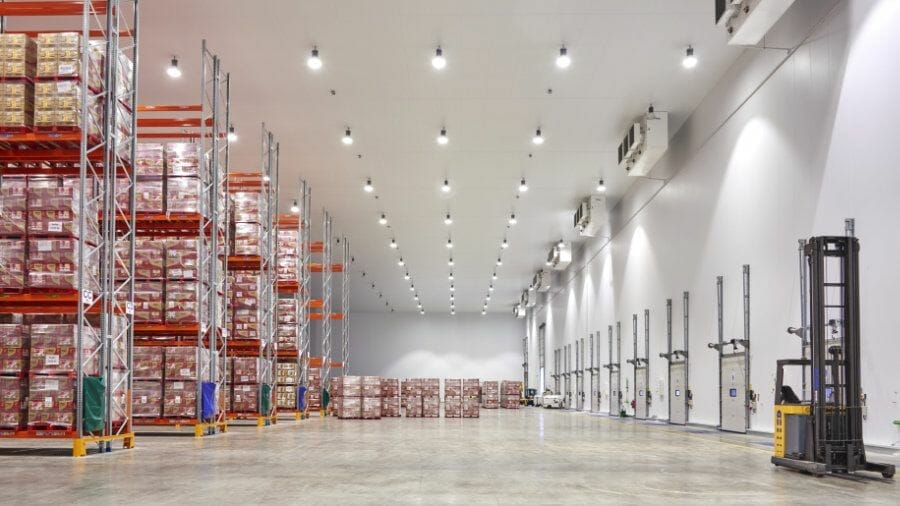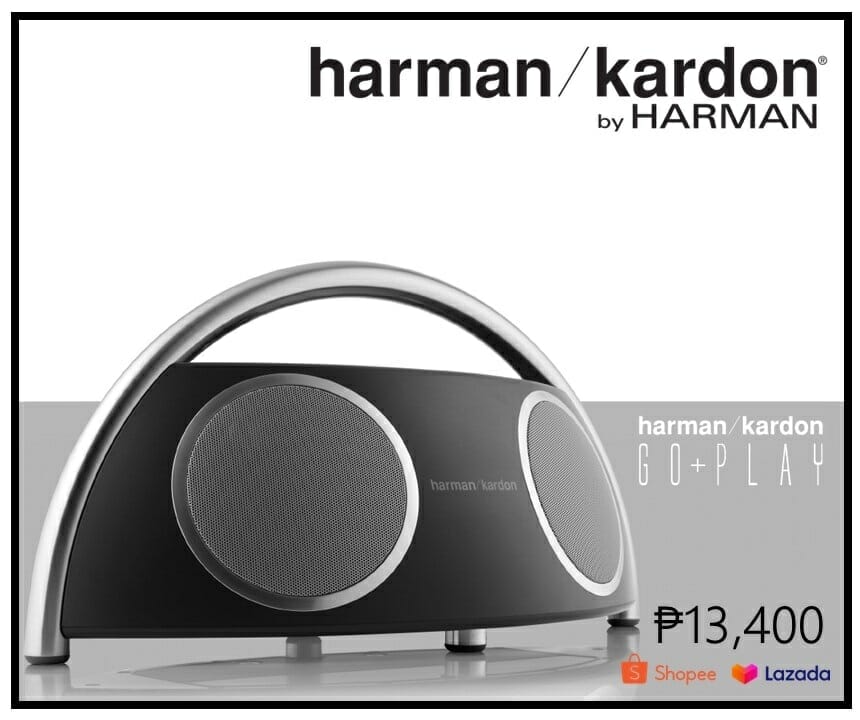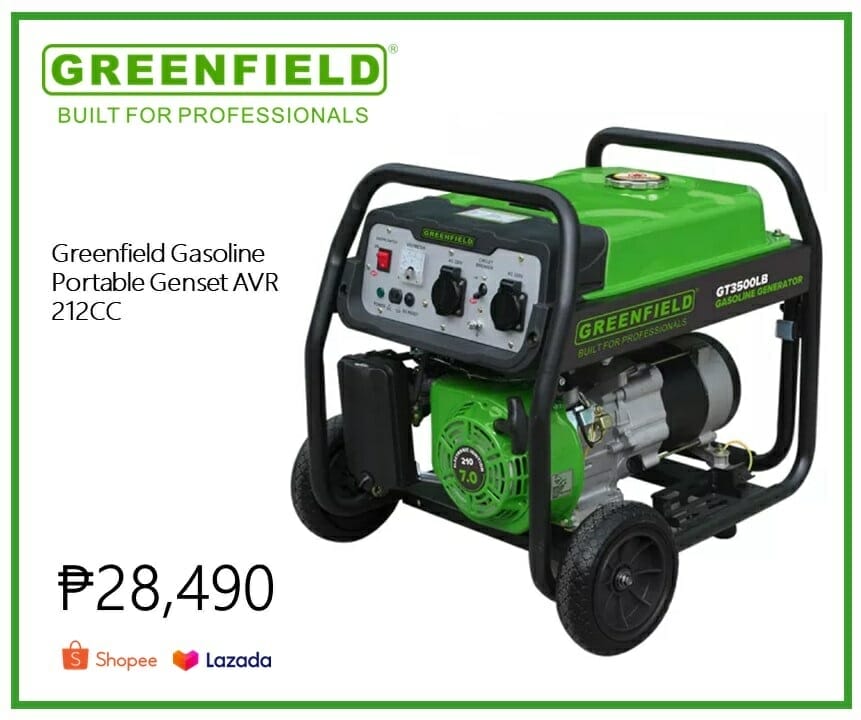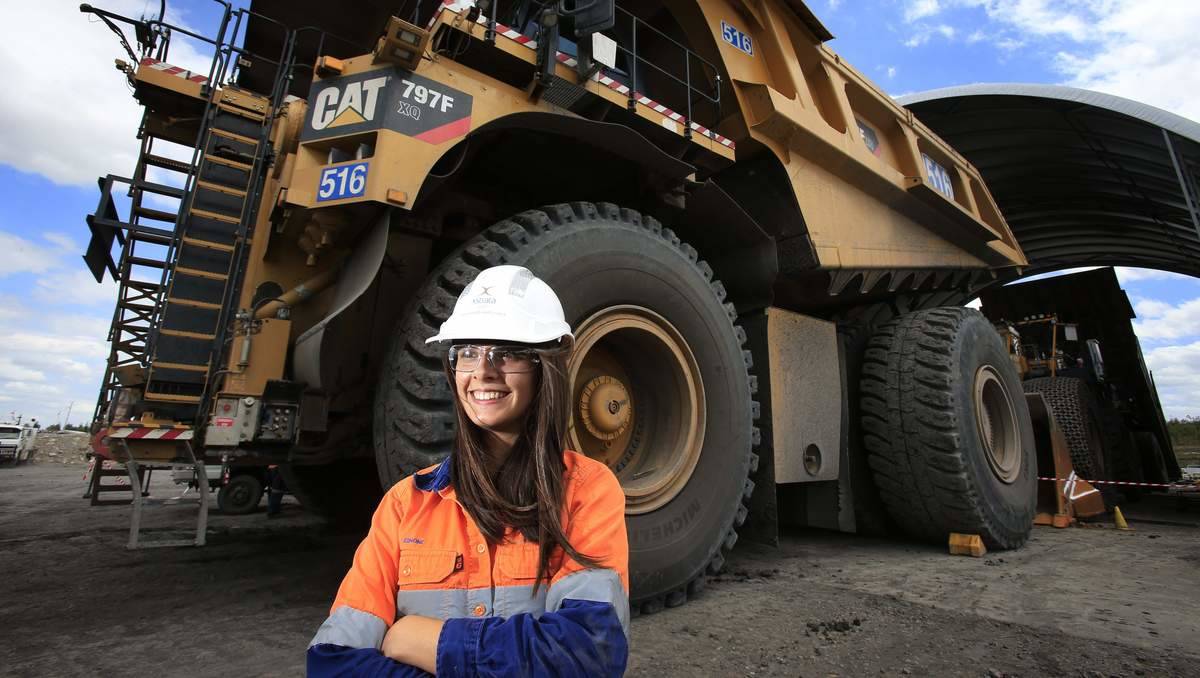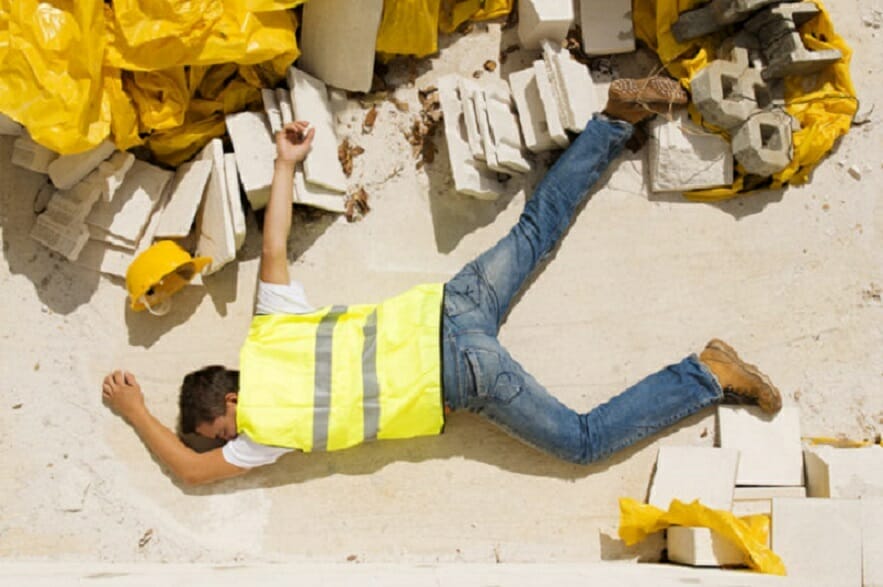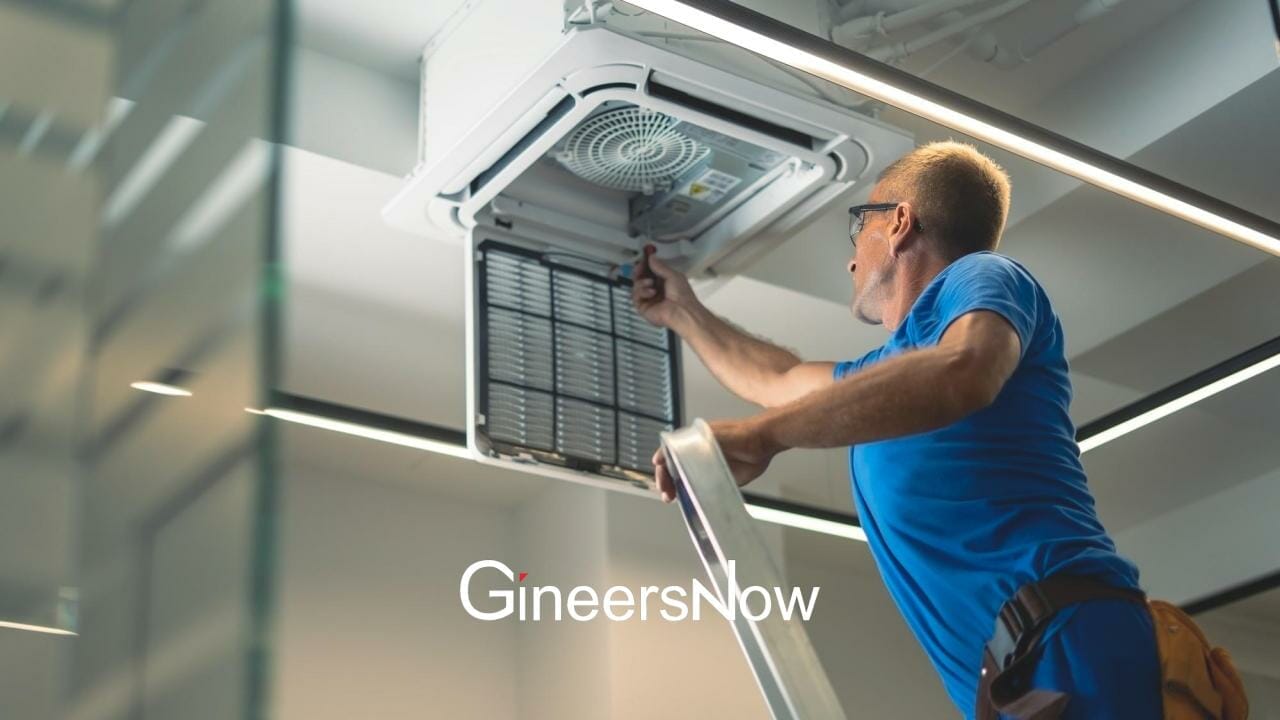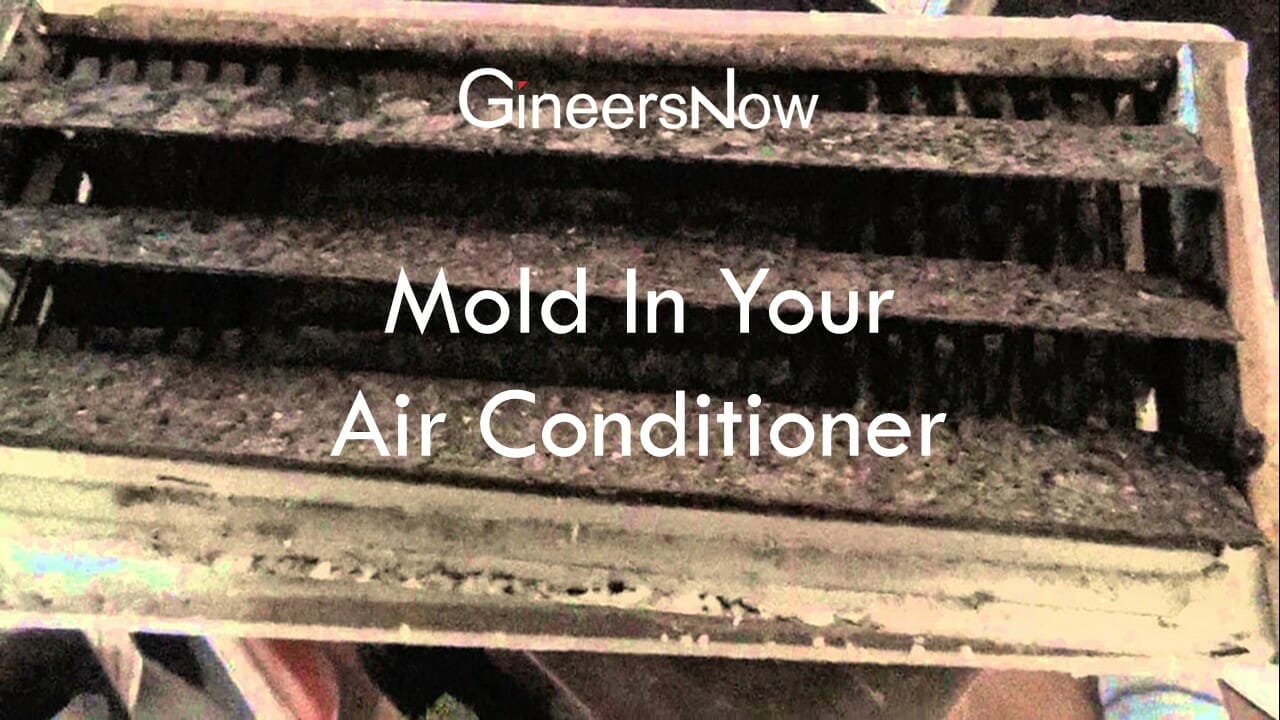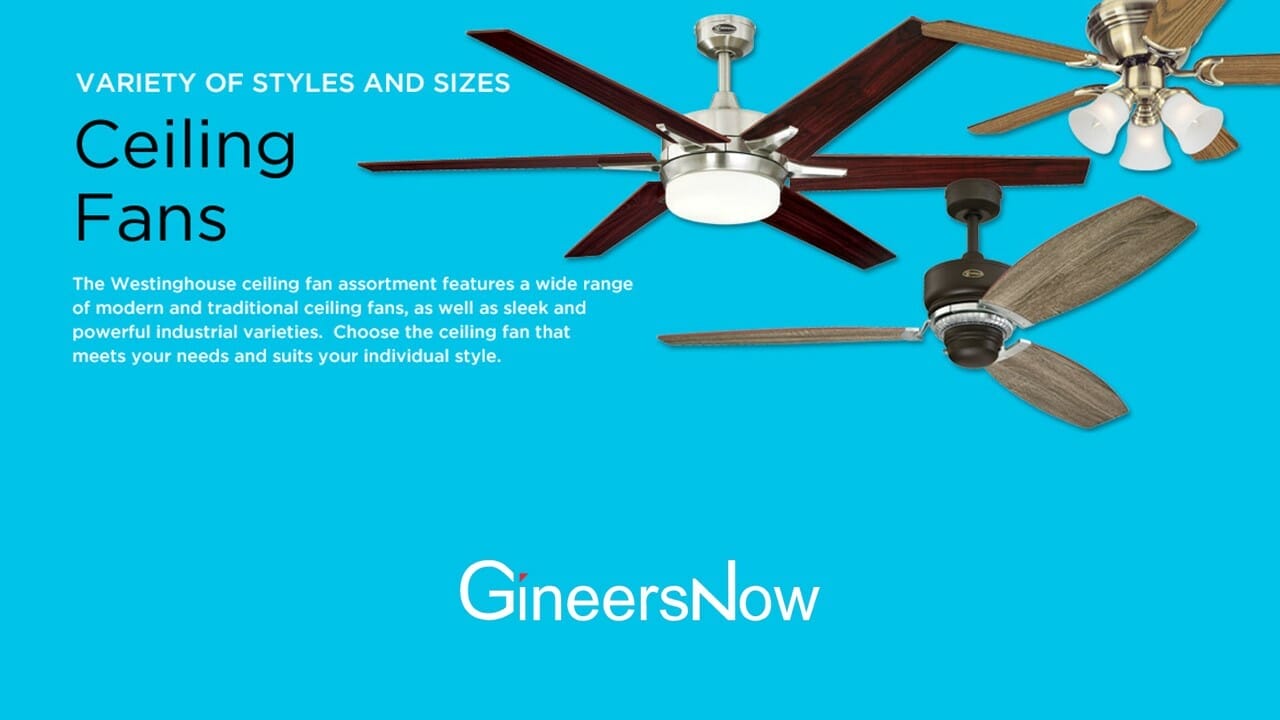The Business of Cold Rooms
With business in the UK slowly getting back to normal, opportunities can be found my cold room installation companies like Octego Ltd.
Covid vaccines are here to stay and the population will require yearly jabs to keep up antibody levels. Most of these vaccines need to be stored at cold temperatures which is a problem in the supply chain.
Types of Chilling Technology
You can use cold rooms to keep products at a specific temperature. You can also use a cold room to prepare products for rapid freezing. It may also be the case that chemicals and medical supplies must stay at a set temperature to be inert.
Types of cold rooms include:
- Chillers – Chillers are good long and short-term cold storage solutions. These rooms can fit any size or type of building. Chillers are great for storing all types of products, including medicines and food.
- Modular Temperature Controlled Cold Rooms – Fresh dairy products spend little time in storage. MTCCRs are common solutions for large production lines. These are for manufacturers wanting to keep their products at an exact temperature, ready for pick-up and delivery.
- Blast Freezers – Where it is vital to prevent the creation of large ice crystals in products during the freezing process. Fast-moving cold air freezes the products faster, creating far smaller ice crystals than other methods.
- Stand-Alone – It may be necessary to create a stand-alone cold room. Stand-alone units help with waves of high demand, such as storing COVID vaccines.
Cold Room Basics
A cold room will store goods at constant temperatures of 4 centigrade or lower. Cold rooms need sensors to make them efficient and safe. These rooms can be a part of the original building or be stand-alone units that fit into open-plan warehouses.
- Ceilings – In most situations, a cold room is there to protect and prevent contamination. Ceilings in many establishments are often overlooked as a problem, but drips and voids for insects to nest are issues. Ceiling panels should have an anti-bacterial coating and control or prevent water dripping points.
- Electrics and Fittings – Electrical sockets should be waterproof, insulating any users from shock. A cold room should have good lighting; installed so as not to warm the contents. It is necessary to have adjustable shelving that is easy to remove and clean.
- Doors – The doors of a walk-in cold room need to be strong and insulated. They also need emergency release handles on the inside. Doors may also include heating elements to prevent hinges and door latches from freezing up.
- Floors – The flooring of walk-in cold rooms will condense and freeze humid air into ice. This can be a lethal combination for those having to rush in and out of the room. Accidental spills from products will also freeze to the floor. Special flooring needs to be installed in the entrance and throughout the room to prevent accidents.
- Drainage – Good drainage is an essential part of creating the floor in a cold room. This is the first stage of construction, which entails excavation and the laying of pipes. Foul drainage and surface water drainage should have a clear exit out from beneath the cold room.
Cold Rooms for Big Business
Examples of cold room use include those for food production, chemical storage, and pharmaceuticals.
Food Producers
Food producers must follow strict guidelines – from hygiene to storage temperature requirements. Dairy should stay in temperature and humidity-controlled areas – from production to the consumer. The floor of a cold room should be easy to clean, drain and be smooth to allow for rolling trolley racks.
Bacteria can multiply in the right conditions. Pathogens from raw meats and other animal products can include salmonella, botulism and E. coli. The room’s surfaces should be anti-bacterial and have a constant temperature throughout.
Chemicals
Certain chemicals need specialist refrigeration to prevent accidental ignition or explosion. Flammable liquids, gases, and solids need storing far below their flashpoints. Sparks and a build-up of vapours can create a perfect ignition environment.
Cold rooms for chemicals must have a combination of good security, ventilation and proper earthing. The air should be cool and dry, and fire alarms and retardation systems need installing.
Pharmaceuticals
Cold storage for vaccines, in particular COVID vaccines, is a growing industry. The storage requirements for medicines demand a cool room with finite temperature variances, Astrazeneca requires a storage temperature of 2 – 8 degrees. These facilities must also cope with extreme production volumes and flow through.
The strict hygiene and temperature rules on COVID vaccines generate the need for cold preparation areas. Slight temperature changes can ruin an entire batch of vaccines, so the layout and cooling of the room must be consistent throughout.

Benefits of building a cold room for vaccines:
- Space Savers – The units are waterproof, so it is possible to add these to the exterior of a building. Stand-alone cold rooms can help with the shortage of space in the original complex or cope with excess production.
- Safety – Even in the cases where vaccines can survive at room temperature, a power failure can lead to a rapid rise in room temperature. The insulation on cold rooms means that their temperature can stay constant for hours, even with no power. Vaccines isolated in a cold room away from the rest of the factory mean that there is less chance of accidental damage of batches.
- Security – Vaccines and other pharmaceutical products need to be safe from tampering or theft. Limiting access to supplies with a locking door improves the security of the stock and reduces the chances of mismanagement.
- Temperature Control – Vaccines, medicines, and blood samples are temperature-sensitive. Small temperature rises can destroy entire batches. Inconsistent temperatures can lead to freezing, creating ice crystals within the products.
- Monitoring – Cold rooms come with a range of controls and monitoring systems. Control panels can come with integrated alarms for both security and temperature tolerances. A cold room offers exact readouts and options for temperature and humidity. The panel also offers alarms and warnings on power failures, servicing requirements and open doors.
Creating the Perfect Cold Room
New materials for walls and flooring mean that cold rooms can be larger and cover a wider range of applications. The right cold room delivers safer storage for medicines, food, and flammable chemicals. Building enough cold storage space in advance is an important defensive measure for a demanding world.


